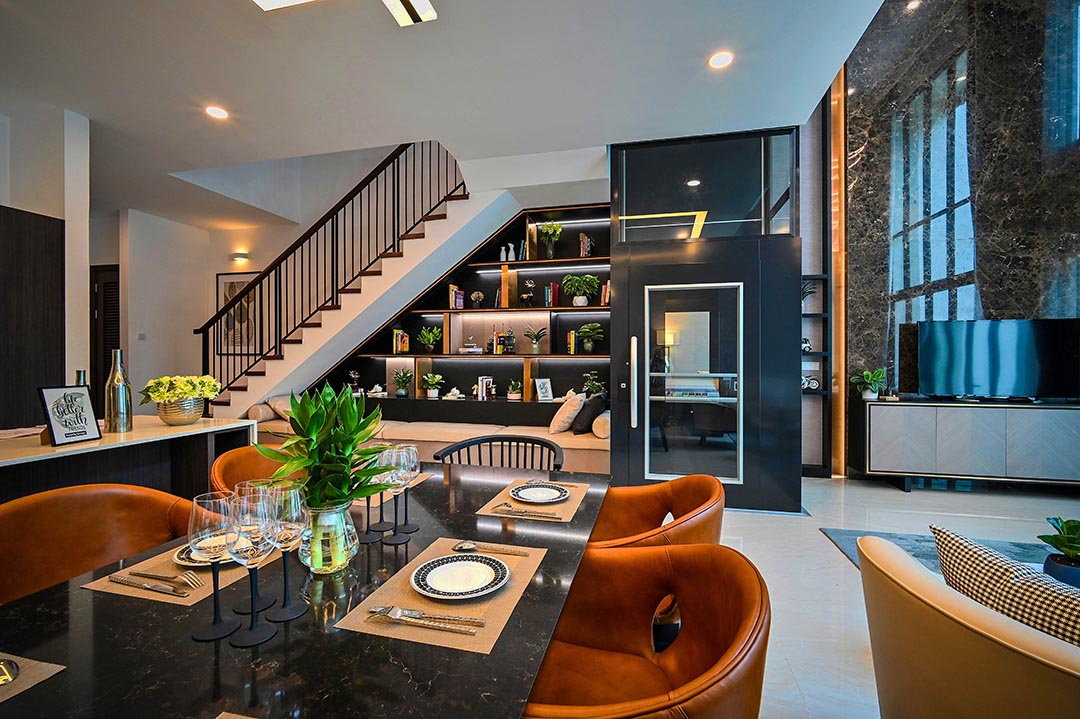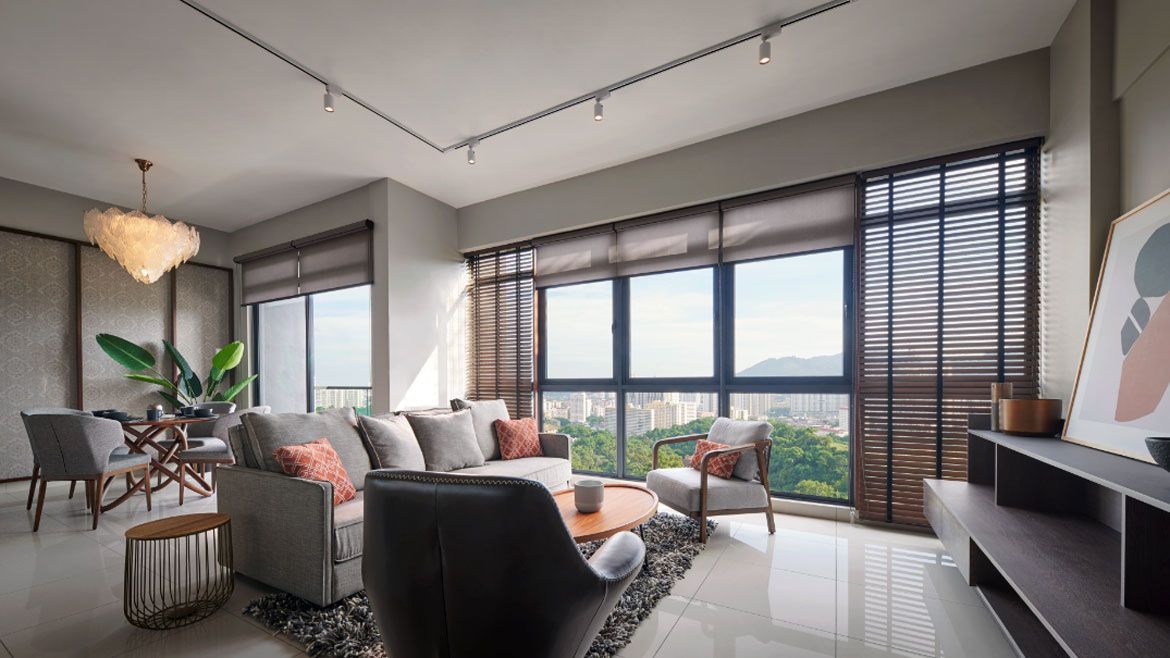Interior design is both a dynamic and fascinating field. It merges artistic vision and careful planning to create harmonious and useful spaces. This field encompasses much more than decorating rooms. Interior designers possess the innate talent of transforming any room or space into something beautiful that represents their client’s personalities. The fascinating world of Interior Design will be explored in this article. It includes the roles and responsibilities interior designers have and their impact on us every day.
Interior design’s roots can be traced to the ancient civilizations. The arrangement of materials and furniture was used to create spaces of function with an aesthetic appeal. Interior design is a key factor in creating human environments. From the palaces and cathedrals built by ancient Egypt, to those of Europe’s majestic cathedrals. Interior design changed over the years as societal standards and architectural styles evolved. The 20th-century saw a design revolution, as pioneers such Frank Lloyd Wright and Ludwig Mies van der Rohe broke boundaries and introduced new ideas that inspire designers to this day.
The interior design process is highly collaborative, creative, and begins with the understanding of a client’s wants, desires, lifestyle and needs. Designers use this information to come up with a creative vision of the room. The designer pays attention to every detail, including choosing the best color scheme and sourcing accessories and furniture. With the advent of technology, designers can now create realistic virtual walkthroughs or renderings.

The interior designer’s biggest challenge is to strike a delicate equilibrium between aesthetics, functionality, and budget. It’s important to design visually pleasing spaces but it shouldn’t be at the expense or comfort. Interior designers plan carefully the arrangement of spaces to achieve optimal use of space and flow. Also, they focus on ergonomics, lighting and acoustics as these components have profound effects on a space’s atmosphere. Well-designed interiors not only appeal to the eye, they also make a difference in the lives of their occupants. For more information please visit here Spadesconcept
Designing an interior is more than just aesthetics. It has the power to affect moods. Our psychological wellbeing can be affected by colors, textures, and space arrangements. Warm colours can create a warm and welcoming atmosphere. Cooler tones will induce a feeling of calm. The psychology of the space is considered by a skilled interior designer to customize environments that foster positivity, relaxation, and productivity. It’s undeniable that interior design can influence feelings, regardless of whether you are in a busy workplace or at home.
Recently, interior designers have been increasingly focusing on environmentally-friendly design. Environmental concerns are driving designers to adopt green practices. Sustainable interior design is now a part of the modern world. The move towards an eco-conscious interior design not only enhances its aesthetic value but also reduces space’s impact on the environment.



